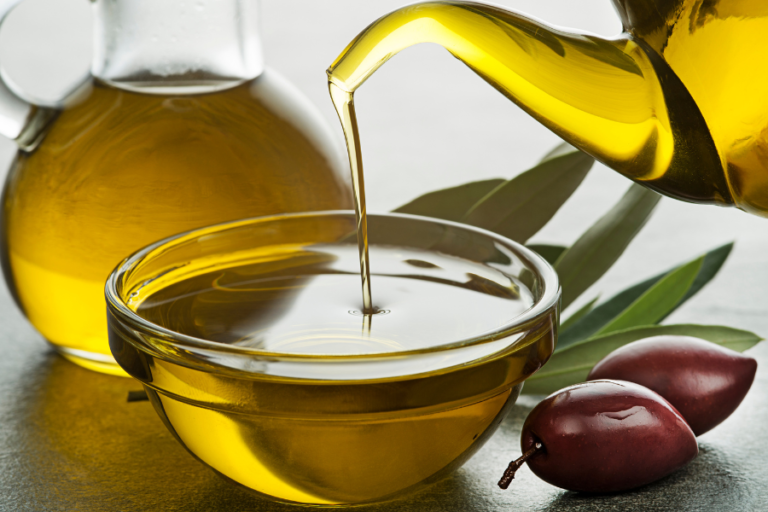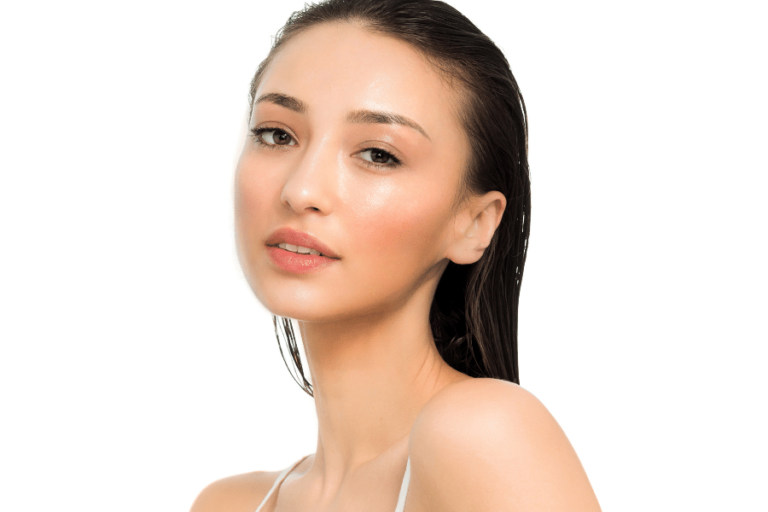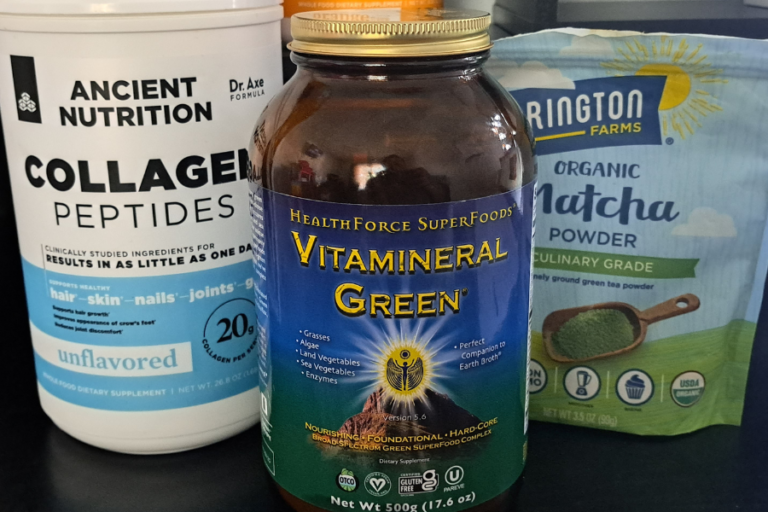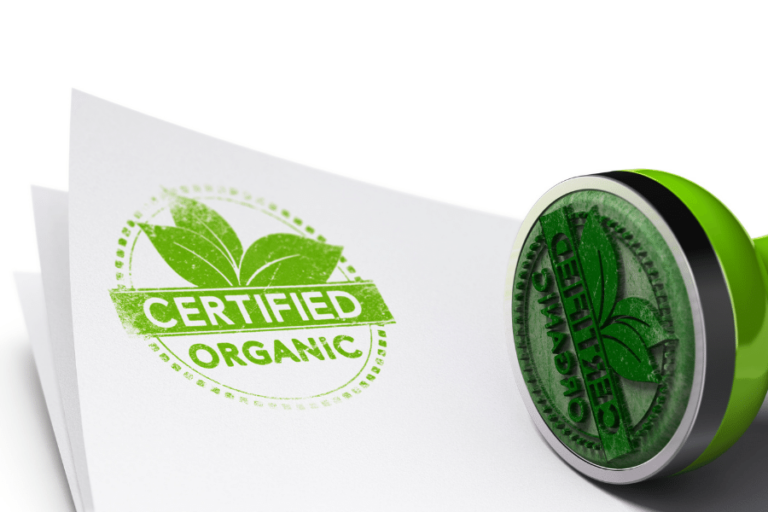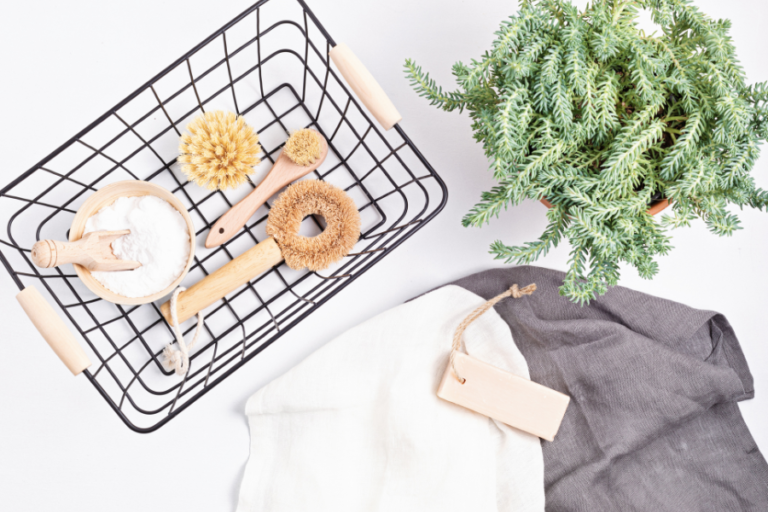Some things to consider with EWG

Most of the time (unless I get lazy) before searching for a new product, I will run it through the EWG. What I mean is, I’ll check it’s score, ingredients, and score of each ingredient.
I also look at the actual ingredients label on the product.
Just as a personal note, I don’t only look at the score and base my decision on what score the product has. That’s because there are certain factors that go into determining the score that doesn’t necessarily define whether or not a product is safe.
Things you should consider when using the EWG
When I look up a product on the EWG, I start by looking at the score. After looking at the score I check the ingredients. It’s really important to check the ingredients because sometimes a product may have what seems to be a poor rating, but it could be because there isn’t enough scientific data for a particular ingredient.
Whether or not there is enough scientific data on an ingredient can impact a product’s score.
For example, a product may have a specific natural ingredient with a low, moderate, or high hazard rating depending on whether or not there is enough scientific data available for that particular ingredient.
The more scientific data there is to prove that an ingredient isn’t harmful, the better the score, and vice versa.

Here is another example. Fragrance is a synthetic chemical linked to health issues, so it has a high hazard rating in the EWG. However, I’ve noticed in the EWG Skin Deep Database a product could have fragrance derived from natural sources, but still receive the same poor rating as synthetic fragrances.
Related Post
What Is The EWG (Environmental Working Group)?
What Is Clean Beauty?
I’ve noticed this with some of the products I’ve looked up. In cases like this, I also read the label on the actual product at the physical or online store I’m considering purchasing from.
There are products with fragrance, and the “fragrance” has a high hazard rating in EWG’s database. But, upon checking the product’s ingredients label I have found the fragrance came from a natural source.
Sometimes the fragrance is from essential oils.
There are also natural ingredients, such as certain essential oils, considered a moderate hazard by EWG because there isn’t enough scientific information to prove it isn’t harmful.
So, with that said, I like to use EWG as a good starting point to gather information on products, but it’s not the end all for me.
I also want to make it clear that I’m not at all trying to say I’m an expert when it comes to understanding every aspect of how EWG calculates it’s scores.
However, these are a few things I have observed based on my experinece.
Disagree?
If you think this information is inaccurate please share your thoughts in the comments section down below.
